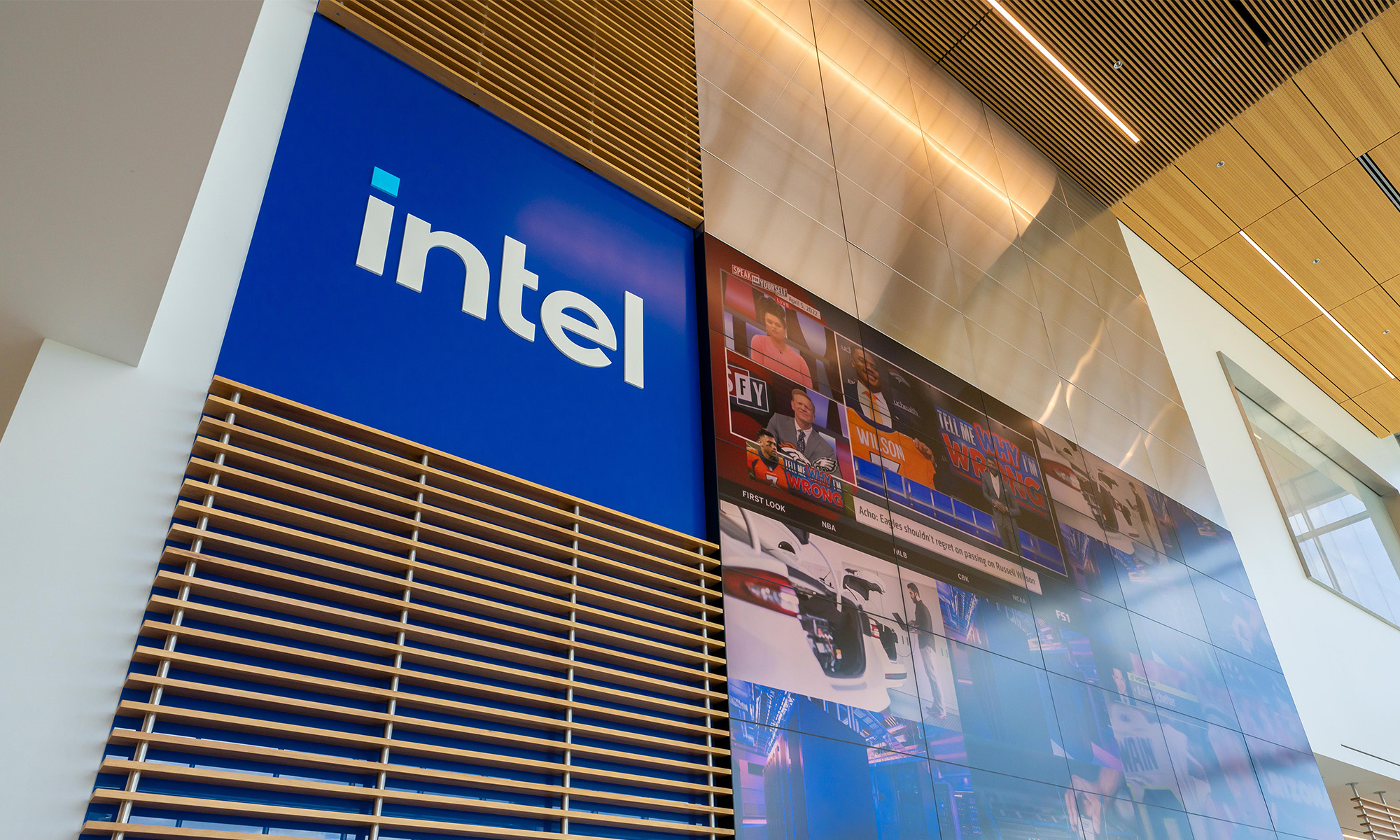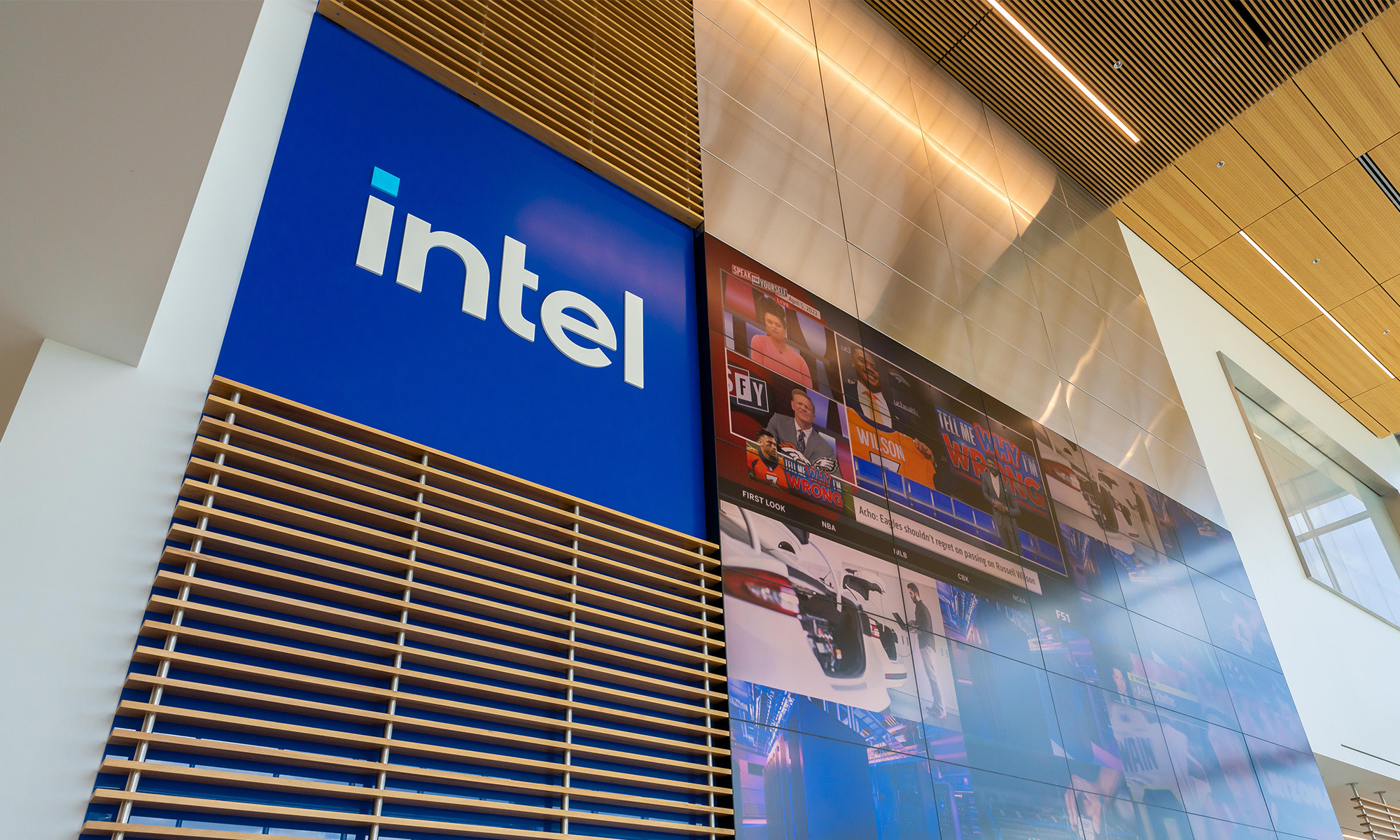Apparently, the federal government isn't the only one that thinks Intel (INTC +0.11%) is worth saving.
Just weeks after the U.S. government made an $8.9 billion investment in Intel, a rare move by the federal government to invest in a private company, Nvidia (NVDA +1.09%) is following suit.
The chip giants announced Thursday that Nvidia would invest $5 billion in Intel at a share price of $23.28.
As part of the deal, the two companies will partner on a range of products across the data center and PCs. They will connect architectures through Nvidia NVLink, Nvidia's high-speed interconnect for CPU and GPU processors, combining Nvidia's strength in AI and accelerated computing with Intel's CPUs and x86 architecture.
Additionally, Intel is planning to build custom x86 CPUs that Nvidia will put into AI infrastructure platforms in data centers. In PCs, Intel plans to build x86 system-on-chips to integrate with Nvidia RTX GPU chiplets, going into a wide range of PCs.
The partnership does not include Intel's foundry division.

Image source: Getty Images.
A win-win
Both stocks rose on the news, with Intel surging 23% in afternoon trading on Thursday, while Nvidia was up 4%. By market cap, Nvidia had the bigger gains of the two.
What was also notable about the news is that competitors' stocks broadly fell, a sign that investors believe they are getting locked out by the alliance, and it could give Nvidia and Intel a competitive advantage.
For example, Arm Holdings, a competitor to Intel in CPU architecture and also a partner of Nvidia, fell 4% on the news. Advanced Micro Devices, a competitor of both Intel and Nvidia, lost as much as 6% before recovering most of those losses. Taiwan Semiconductor Manufacturing, the world's biggest chip manufacturer, was also down 2% at the open but swung into positive territory.
Based on the gains in each stock and the business prospects for the move, the deal looks like a win-win for both companies. But who's the bigger winner here between the two? Let's take a closer look.

NASDAQ: NVDA
Key Data Points
What it means for Nvidia
For Nvidia, the Intel investment is its latest movement to build a portfolio of other AI stocks, which now includes Arm, Intel, CoreWeave, Nebius, and Applied Digital.
Intel needs Nvidia much more than Nvidia needs Intel here, and the deal helps Nvidia put a struggling rival in its pocket. Intel's future is likely to be reliant on the new partnership and potential growth from it, and Nvidia's investment has already paid off, gaining more than $1 billion in just a day.
From a product perspective, the deal gives Nvidia more flexibility in the data center and should strengthen its presence in the PC market.
What it means for Intel
While Nvidia's results have boomed during the AI era, Intel has fallen far behind. At a time when nearly every chip company is reporting soaring growth, Intel posted flat revenue growth in the second quarter and an adjusted loss.

NASDAQ: INTC
Key Data Points
It needs any help it can get, and tying its wagon to Nvidia's star seems like a can't-miss move, especially as the deal gives Intel exposure to the data center, an area in which it's struggled, through the x86 CPUs it will make for Nvidia data centers. Despite the launch of its Gaudi AI accelerator, Intel's revenue from its data center and AI segment rose just 4% to $3.9 billion in the second quarter.
Finally, the deal also looks like a coup for Intel's new CEO, Lip-Bu Tan, especially coming on the heels of the U.S. government's investment. The Nvidia deal is the kind of bold move that can get Intel back on its feet, and Intel stock reached a 52-week high on the news.
Who's the big winner?
The deal means much more to Intel than Nvidia, and it could make the difference between Intel continuing to fall behind in AI or regaining its footing, returning to solid growth and profitability.
While the deal looks like a smart move for Nvidia, it doesn't quite pack the same punch as it does for Intel. Partnering with Nvidia, along with the $5 billion cash infusion, could be a game-changer for Intel.





